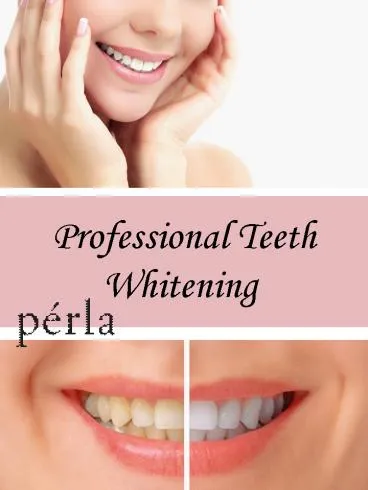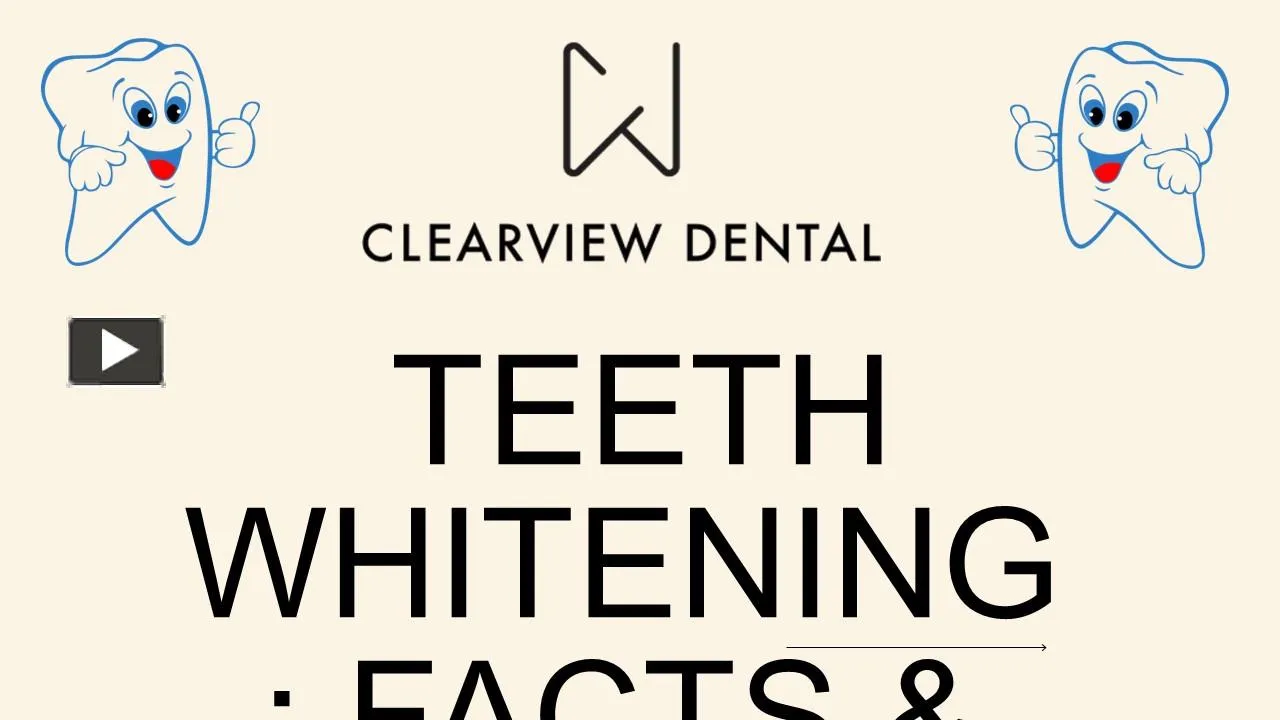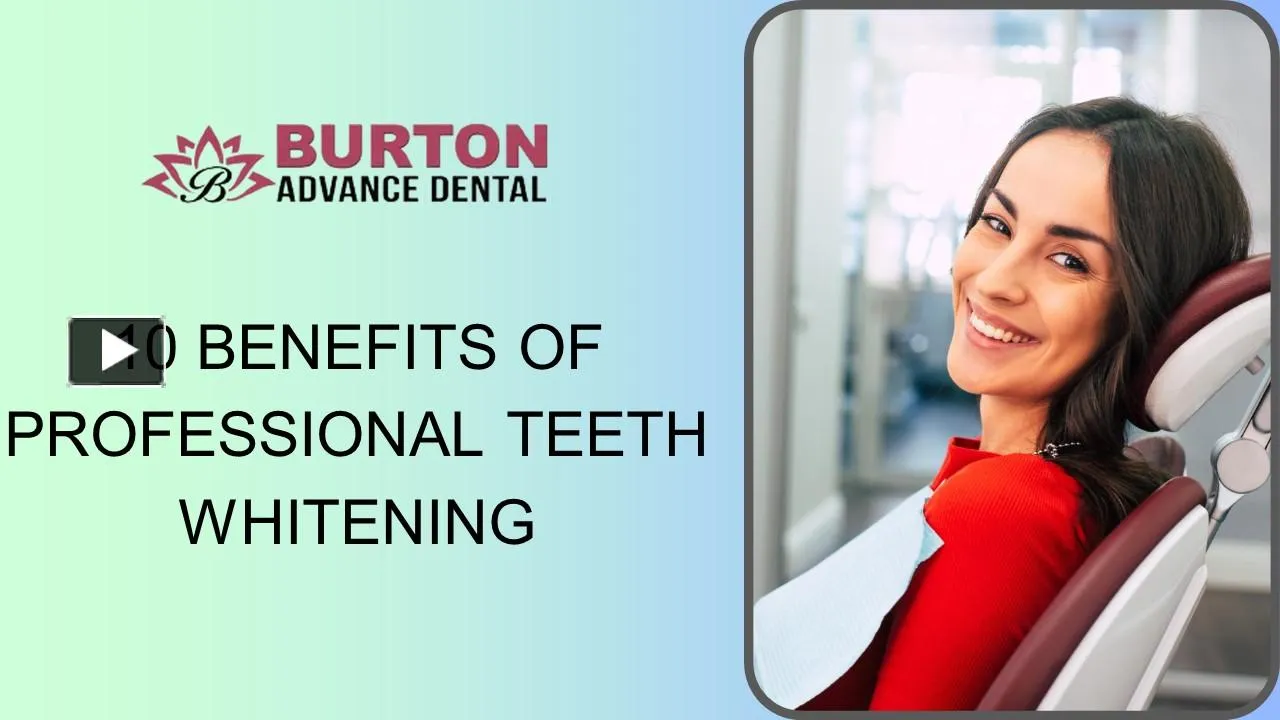Top 5 Teeth Whitening Tips for a Radiant Smile
Achieving a brighter, more confident smile is a common goal for many. Teeth whitening offers a path to enhance your appearance, but it is crucial to approach it with informed choices and realistic expectations. This comprehensive guide presents the top 5 teeth whitening tips, designed to help you navigate the various methods, understand the importance of oral hygiene, and make informed decisions about products and aftercare. By following these strategies, you can significantly improve your smile and maintain its brilliance for longer. Remember, consistency and proper care are vital for sustained results. Let’s explore the secrets to achieving a stunning smile!
Tip 1 Choose the Right Whitening Method
The first step in your teeth whitening journey involves selecting the most suitable method. This decision depends on your budget, the extent of discoloration, and your personal preferences. There are several options available, each with its own advantages and disadvantages. Understanding the different methods will help you make an informed choice that aligns with your goals and expectations. Careful consideration of these factors will set the stage for a successful whitening experience and a brighter, more confident smile. Exploring each option provides the knowledge needed to choose wisely.
Understanding the Options

Before deciding on a whitening method, it is essential to grasp the available options. Broadly, teeth whitening methods can be categorized into professional treatments performed by dentists and at-home solutions that you can use. Each approach employs different techniques and concentrations of whitening agents, affecting the speed and intensity of the results. Consulting with a dental professional can provide you with a personalized recommendation based on your specific needs. A professional assessment can help in making the right decision. Furthermore, it will prevent unwanted side effects, and obtain a smile that you dreamed of!
Professional Teeth Whitening
Professional teeth whitening, performed by a dentist, typically involves the use of high-concentration hydrogen peroxide or other bleaching agents. The process is done in a controlled environment, allowing for stronger concentrations and faster results. The dentist will apply the whitening agent directly to your teeth, and sometimes use a special light or laser to activate the bleaching process. This method offers significant results in a single session, making it a convenient choice for those seeking immediate improvements. Professional whitening also includes a thorough assessment of your oral health, addressing any underlying issues before the procedure. Regular check ups can also prevent the discoloration in the future.
At-Home Teeth Whitening
At-home teeth whitening products provide a convenient and often more affordable alternative. These include whitening toothpastes, strips, and custom-fitted trays with whitening gel. Whitening toothpastes usually contain mild abrasives and chemicals that help remove surface stains, while strips and trays use bleaching agents at lower concentrations than those used by dentists. The main advantage is the convenience and the ability to whiten your teeth at your own pace. However, the results may take longer to appear, and the effectiveness depends on the severity of the stains and the product used. Always follow the instructions carefully to minimize the risk of side effects, such as increased sensitivity.
Tip 2 Proper Oral Hygiene is Key

Regardless of which whitening method you choose, maintaining excellent oral hygiene is paramount to achieve and sustain a bright smile. Proper care not only enhances the whitening results but also contributes to your overall dental health. Regular brushing, flossing, and dental checkups are the cornerstones of good oral hygiene. They remove plaque, prevent staining, and address any potential dental problems before they escalate. Consistent and meticulous oral hygiene practices are essential to get the most out of your teeth whitening efforts, and keep your teeth healthy and radiant.
Brushing and Flossing Techniques
Effective brushing and flossing techniques are essential for maintaining a healthy mouth and maximizing the benefits of teeth whitening. Brush your teeth at least twice a day for two minutes each time, using a soft-bristled toothbrush. This helps remove plaque and surface stains. Floss daily to remove food particles and plaque from areas that a toothbrush can’t reach. Use a gentle up-and-down motion when flossing to avoid damaging your gums. Consider using an electric toothbrush, as it can be more effective at removing plaque and improving your oral hygiene. Combine these techniques to keep your smile healthy and radiant.
Importance of Regular Dental Checkups
Regular dental checkups are a fundamental part of maintaining your oral health and preserving your teeth whitening results. During these visits, your dentist will examine your teeth and gums for any signs of decay, gum disease, or other issues. Professional cleanings remove plaque and tartar, polishing the teeth and further enhancing their brightness. Your dentist can also offer advice on maintaining your oral hygiene routine. Regular dental visits help prevent future issues, and ensure that any problems are addressed early. Schedule checkups twice a year to keep your smile healthy and shining.
Tip 3 Dietary Choices for a White Smile

Your dietary habits play a significant role in maintaining the brightness of your teeth. Certain foods and drinks can stain teeth, while others support their health and appearance. Being mindful of your diet can help minimize the risk of staining and help you keep your whitened smile for an extended period. Making informed choices regarding what you consume can complement your whitening efforts. Paying attention to the foods you eat and drink is a crucial step in preserving your bright smile.
Foods to Avoid
Some foods and drinks are notorious for staining teeth, and should be consumed in moderation or avoided altogether. Coffee, tea, red wine, and dark-colored sodas contain chromogens, which are pigments that can bind to tooth enamel and cause discoloration. Highly pigmented foods such as berries, beets, and soy sauce can also contribute to staining. Limiting your intake of these items can significantly reduce staining. If you do consume these items, rinse your mouth with water or brush your teeth afterward to minimize their impact. Avoiding these items can greatly help in keeping your teeth white!
Foods to Embrace
Including certain foods in your diet can help promote a brighter smile. Crunchy fruits and vegetables, such as apples, carrots, and celery, act as natural abrasives that help remove surface stains. Dairy products, like milk, yogurt, and cheese, are rich in calcium, which strengthens tooth enamel and helps protect against stains. Drinking plenty of water is another good habit, as it helps rinse away food particles and keeps your mouth hydrated. Green tea, in moderation, can be beneficial, as it contains antioxidants that may help protect against staining. By incorporating these foods into your diet, you can support your teeth whitening efforts and promote overall oral health.
Tip 4 Explore Teeth Whitening Products

The market offers a variety of teeth whitening products, each with its specific ingredients, effectiveness, and usage guidelines. Understanding the different types of products available will help you choose those that align with your expectations. Always make sure to read and follow the manufacturer’s instructions to ensure both effectiveness and safety. Consulting your dentist can also provide personalized recommendations and guidance. Researching and selecting products based on your needs and preferences is an important part of achieving the desired results. Careful consideration helps in the process of getting that perfect smile!
Types of Whitening Toothpastes
Whitening toothpastes are widely accessible and often the first product people try when looking to brighten their smile. These toothpastes usually contain mild abrasives, such as silica, that help remove surface stains. Some also include chemical agents that help break down stains. It is important to note that whitening toothpastes typically do not change the intrinsic color of your teeth; rather, they work to remove extrinsic stains caused by foods and drinks. While they can offer noticeable results, they often take longer to achieve. Some toothpastes also contain fluoride to strengthen enamel. Choose toothpastes that are approved by dental organizations and that suit your sensitivity levels.
Whitening Strips and Gels
Whitening strips and gels are popular at-home options that use a peroxide-based bleaching agent. These products come in the form of thin, flexible strips that are applied directly to the teeth, or gels that are applied using a tray. They provide a more concentrated dose of the whitening agent than toothpaste. These products can provide more noticeable results over a period of weeks. Always carefully follow the directions on the product label to ensure safe and effective use. Be aware of potential side effects, such as tooth sensitivity, and consult your dentist if you have any concerns or issues.
Tip 5 Maintain Your Results

After you achieve your desired level of whiteness, maintaining your results is key to ensuring a long-lasting, bright smile. Consistent aftercare, proper oral hygiene, and lifestyle adjustments all play a part in preserving your results. This will include some key strategies and habits. Following these steps will not only extend the life of your whitened teeth but will also contribute to your overall dental health. Your commitment to these practices determines how long you will keep your perfect, radiant smile.
Aftercare Instructions
Following aftercare instructions provided by your dentist or the product manufacturer is essential for maintaining your teeth whitening results. Avoid consuming foods and drinks that can stain your teeth, such as coffee, tea, red wine, and dark-colored berries, immediately after whitening. Refrain from smoking, as tobacco use can quickly lead to discoloration. Be sure to maintain good oral hygiene, brushing twice a day, flossing daily, and using mouthwash. Use a straw when drinking beverages that can stain your teeth. Careful adherence to the aftercare guidelines is crucial for keeping your smile brilliant and stain-free.
Long Term Maintenance
For long-term maintenance of your white smile, consider touch-up treatments using at-home whitening products. These can help keep your teeth bright over time. Schedule regular dental checkups and cleanings to monitor the condition of your teeth and address any staining issues. Avoid or minimize the consumption of stain-causing foods and drinks. Consider using a whitening toothpaste daily to help maintain your results. By making teeth whitening a part of your regular oral health routine, you can enjoy a radiant smile for many years to come. Maintaining your white smile requires consistent effort and care.
